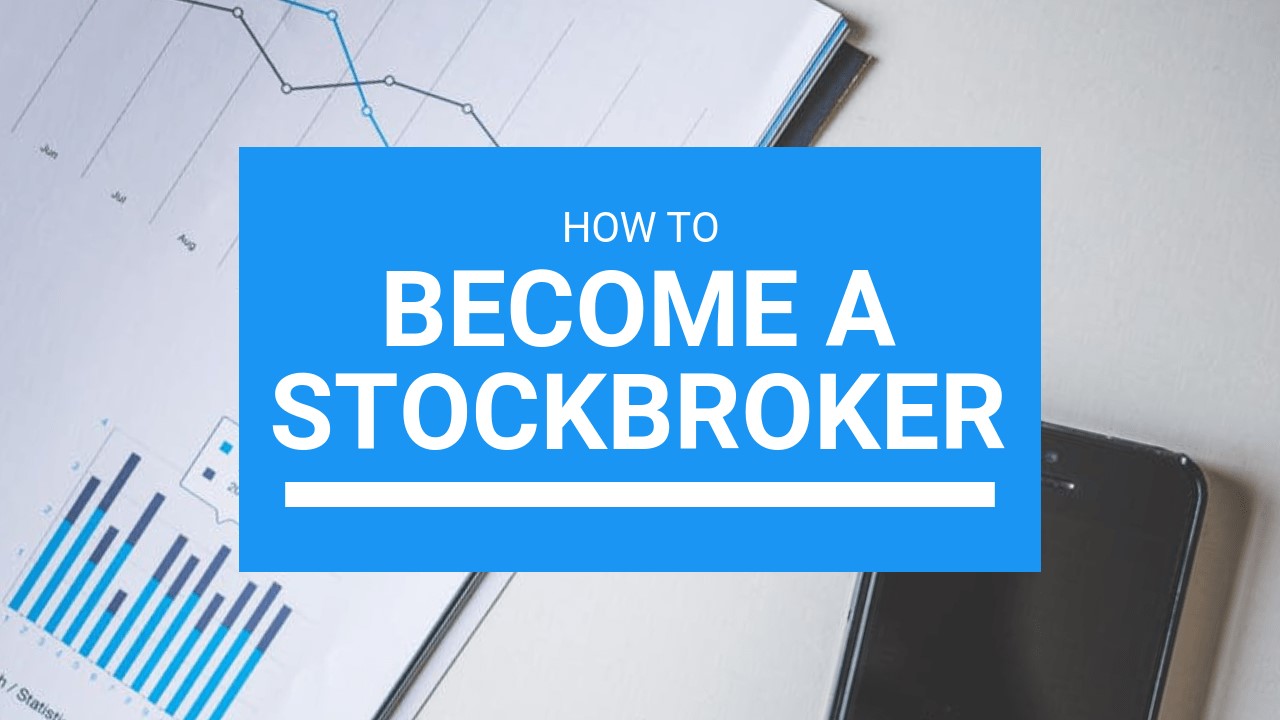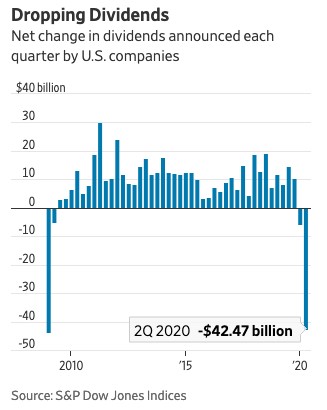 |
“The sooner you realize that you’re a #$%@ commission salesman and not a #$%@ financial consultant, the sooner we’ll get along.”
That’s what I was told during one of the weekly sales meetings at Merrill Lynch in the 1980s. My fellow rookie stockbrokers and I were given was a three-page stockbroker’s sales manual.
 |
| Image Source: wallstreetsurvivor.com |
Page 1: Sell Yield
Page 2: Sell Yield
Page 3: See Page 1 & 2
I’ve never forgotten that admonition and short-sighted advice, and it planted the seed in my head that I was in the wrong part of the investment business.
Don’t get me wrong, I got nothing against investments that pay high interest or a fat dividend. But an investment’s yield should not be the sole driver of your investment strategy.
Case in point: JC Penny (OTC: JCPNQ, Rated “D”). In 1997, JC Penney issued $500 million of bonds with a 7.625% yield.
JC Penny was considered a rock-solid blue-chip stock and investors gobbled up those bonds even though these bonds didn’t mature for 100 years. That’s right; 100 freaking years!
Guess how much those bonds are selling for today? One penny on the dollar … and even that is probably overpriced.
Income-focused investors are facing similar dangers today. With the Federal Reserve pushing interest rates down to zero, a staggering number of yield-hungry investors are jumping into dividend-paying stocks. There are plenty of stocks paying 4%, 5%, 6% or more.
 |
Sounds great, right? Wrong!
In the second quarter of this year, American companies have been reducing and even completely eliminating dividends at a pace not seen since the 2008-09 Financial Crisis.
According to S&P Dow Jones Indices, American companies eliminated $49.2 billion of dividends last quarter.
41 companies out of the 500 companies that comprise the S&P 500 have dropped their dividend.
I’m not talking about fly-by-night companies either. The dividend cutters club include companies like American Airlines (Nasdaq: ALL, Rated “D”), Carnival (NYSE: CCL, Rated “D+”), Marriott International (Nasdaq: MAR, Rated “C-”).
And if losing your dividend isn’t bad enough, those four stocks have dropped by an average of 40% this year. Talk about adding insult to injury!
And I think there are a lot more dividend disasters yet to come. So what’s a dividend investor to do?
Just take these three steps:
1. Use our ratings. Weiss Ratings offers free ratings (free is a very good price) on any stock. I strongly suggest you avoid stocks with less than a C+ rating. Go to weissratings.com.
2. There are exceptions, but I would avoid any stock with a dividend payout ratio higher than 80%, which means that a company retains at least 20% of its profits for debt reduction, expansion or investing in its own future.
3. Take a peek at Mike Larson’s Safe Money Report, a fantastic source of timely, secure income-focused investment ideas.
Best wishes,
Tony Sagami

